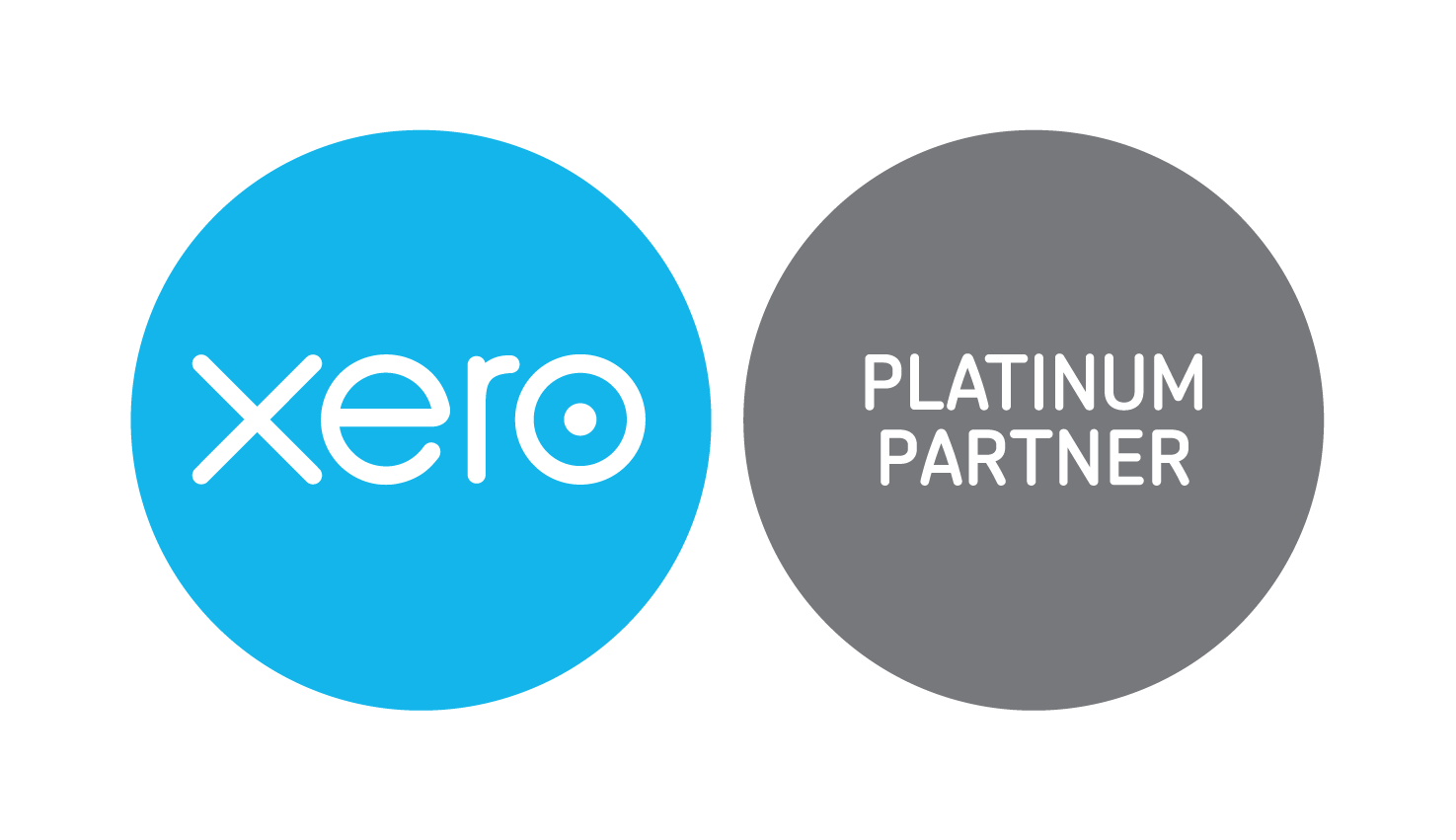One of the most common traps for small business owners is mixing personal spending with business money. While it might seem harmless to pay a personal bill from the company account or dip into business funds when cash is tight at home, doing so can create messy records and even serious tax problems.
Sole Traders and Partnerships
If you’re a sole trader or in a partnership, money you take out is called an owner’s drawing. The good news is there are no tax issues with how much you withdraw – it’s simply treated as you taking profit out of the business. Your taxable income is based on the business’s overall profit, not the drawings.
Companies and Division 7A
For companies, things are different. Any personal withdrawals that aren’t wages or dividends are tracked through a loan account. This is essentially a running tally of what you’ve taken from the business (or put back in).
If the balance builds up, the ATO can step in under Division 7A of the tax law and treat the money taken out as though you’ve received a dividend.
The catch is that these are usually unfranked dividends, which means no tax credits to offset the bill. The result? An unexpected personal tax hit, simply because money was taken out without being repaid or put under a proper loan agreement.
Trusts and Distributions
Trusts don’t fall under Division 7A in the same way, but they still need care. Distributions to beneficiaries have to be planned and documented properly each year. If money is taken out in other ways, it can still create loan account and tax issues. This is why annual tax planning for trusts is so important.
Why Keeping Things Separate Matters
Keeping your business and personal money separate isn’t just about tidy bookkeeping – it’s about protecting yourself and your business. Clear separation means:
- Accurate reporting – you can see the real financial position of your business at any time.
- Tax compliance – you’ll avoid Division 7A problems and make sure you’re only claiming legitimate business expenses.
- Peace of mind – no blurred lines between what belongs to the business and what belongs to you.
Best Practices
- Use separate bank accounts for business and personal spending.
- Pay yourself properly – as wages, drawings, dividends, or trust distributions depending on your structure.
- If you take money out, either repay it as soon as possible or put a formal loan agreement in place.
- Work with your accountant to plan trust distributions and monitor loan accounts.
Bottom line: Your business money isn’t your personal money. Keeping the two separate helps you stay compliant, reduces stress at tax time, and avoids costly surprises down the track.
Not sure how your drawings, loan account, or trust distributions should be managed? Get in touch with us today – we’ll help you keep everything on the right track.


